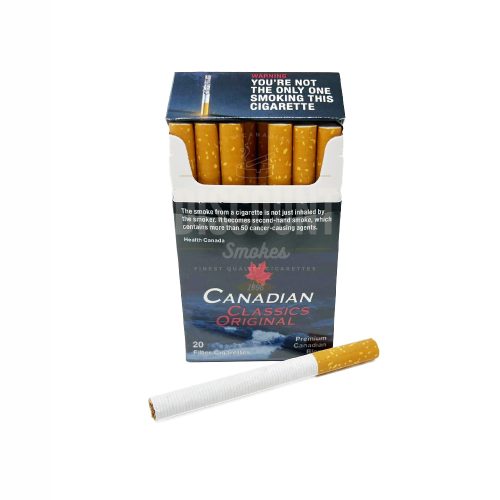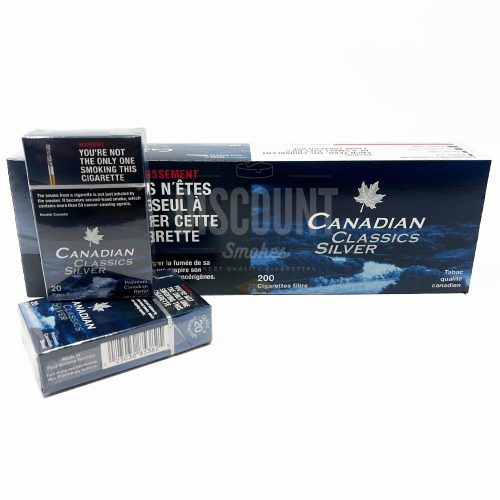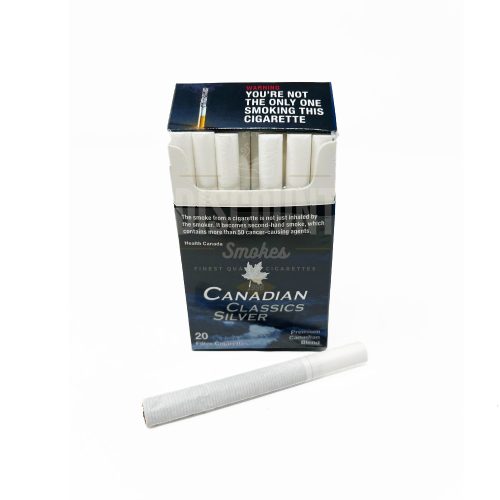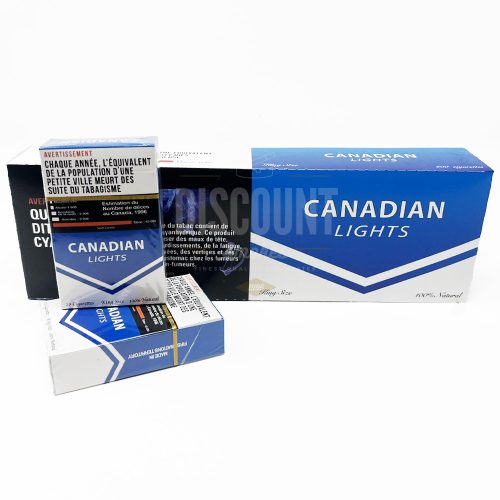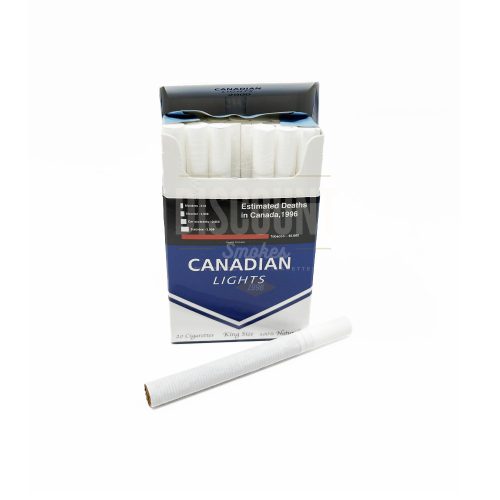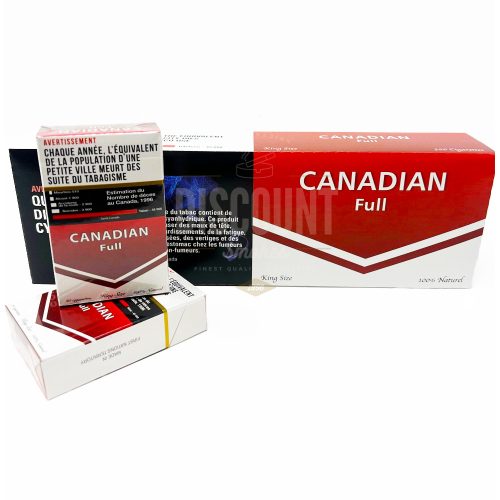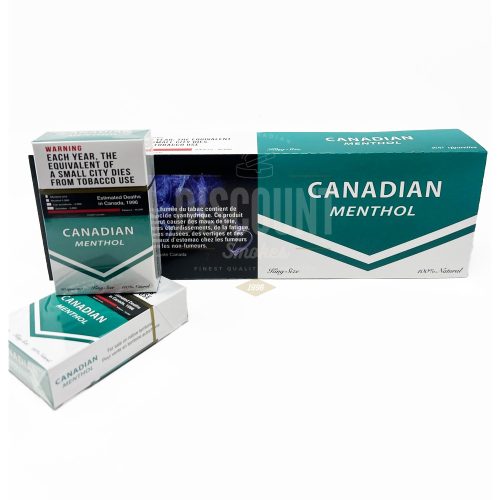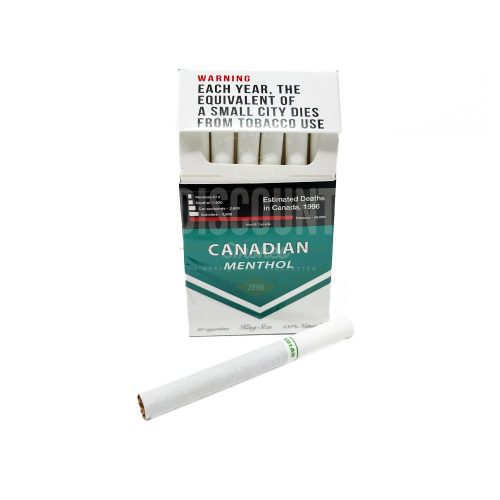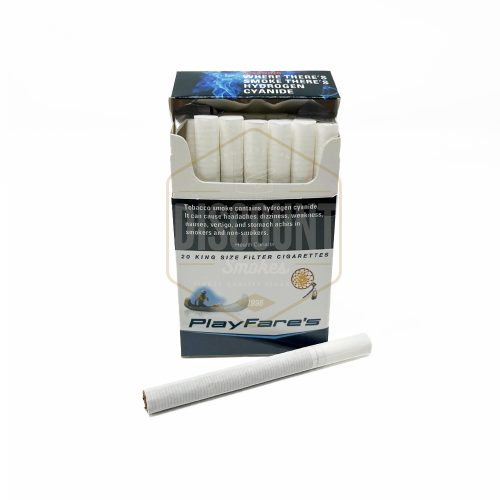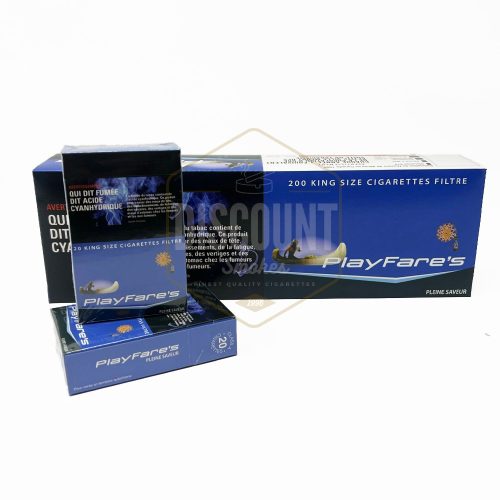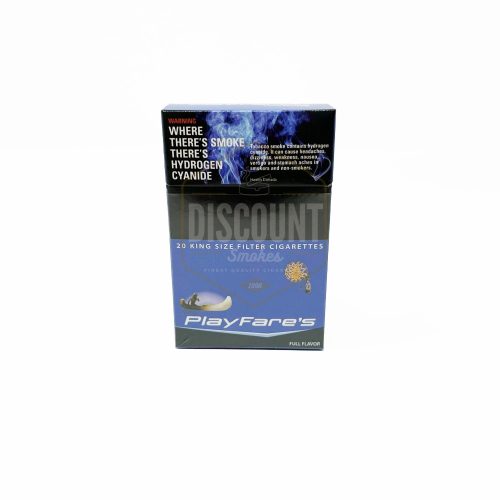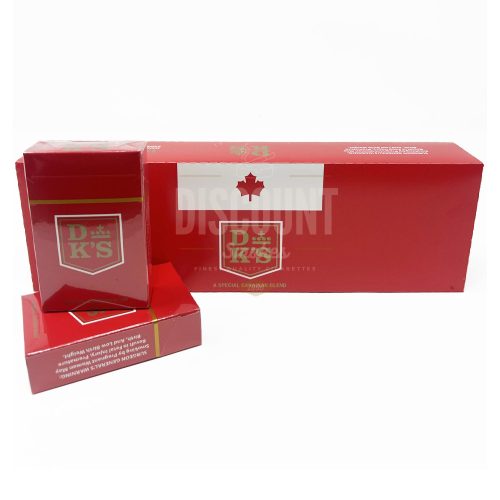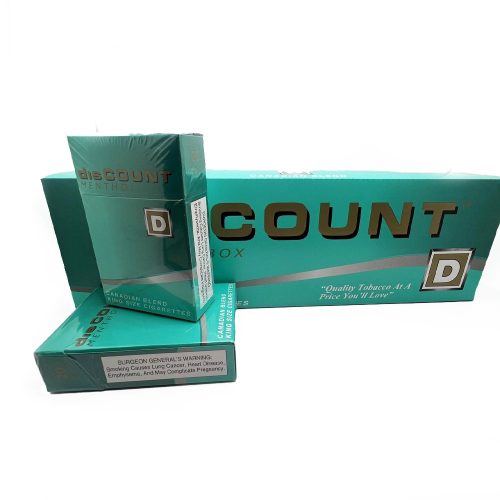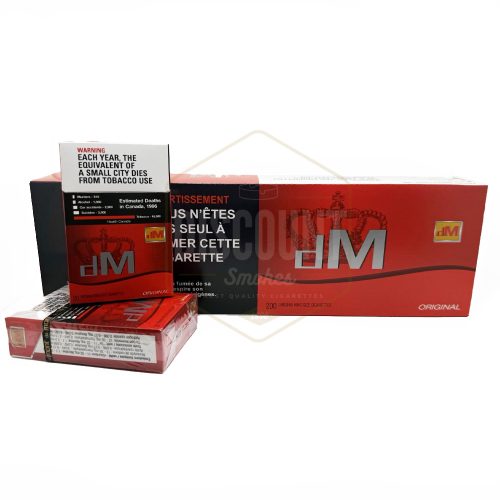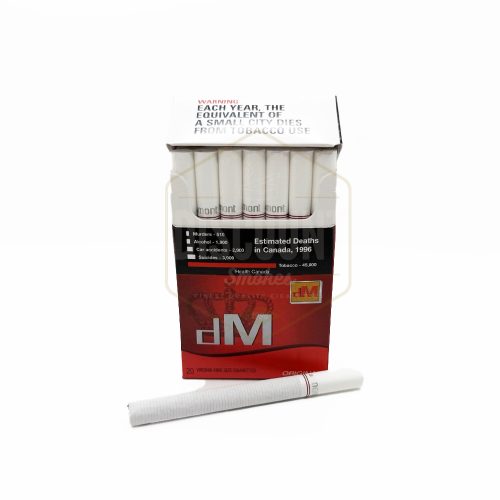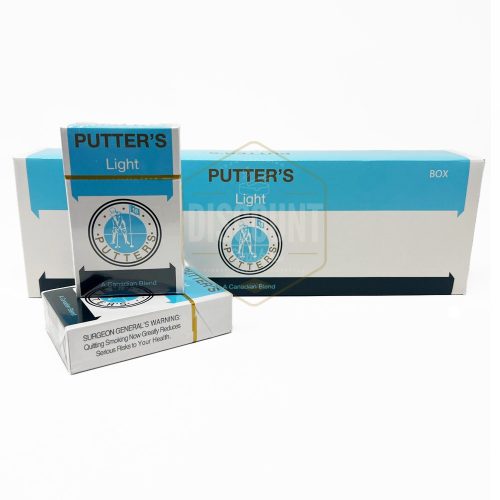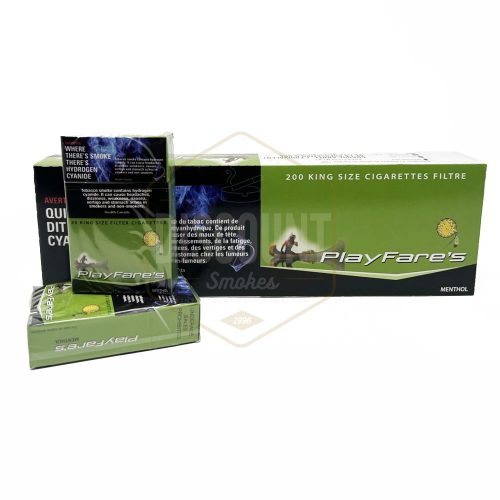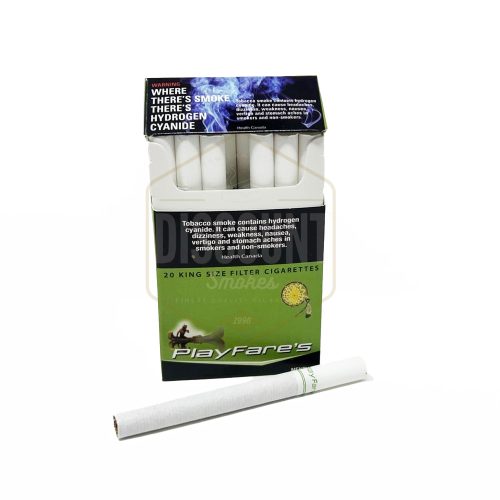Guides
How Are Cigarettes Made: Step-by-Step Guide
How are cigarettes made? Well, there’s a lot more to it than rolling up some tobacco in paper. Factories spend a lot of time sorting through tobacco leaves, drying them, blending different types, and adding whatever gives that familiar taste you enjoy when you pick up your pack from Discount Smokes.
Once everything’s ready, machines roll the mix into paper, cut it up, and stick on the filters. It’s surprisingly precise for something that seems so basic. You kind of realize how much work goes into making something most people don’t even think twice about.
What Goes Into a Cigarette: Ingredients and Additives
Cigarettes might look simple, but there’s actually a lot of detail behind how they’re made. Every part of that tiny stick, from the tobacco blend to the paper, is designed to control the flavor, strength, and how evenly it burns.
- Most cigarette blends mix a few types of tobacco: Virginia, Burley, and Oriental. Virginia adds a bit of sweetness, Burley gives it body, and Oriental brings in that distinct aroma. The exact mix is what shapes how strong or smooth a cigarette feels.
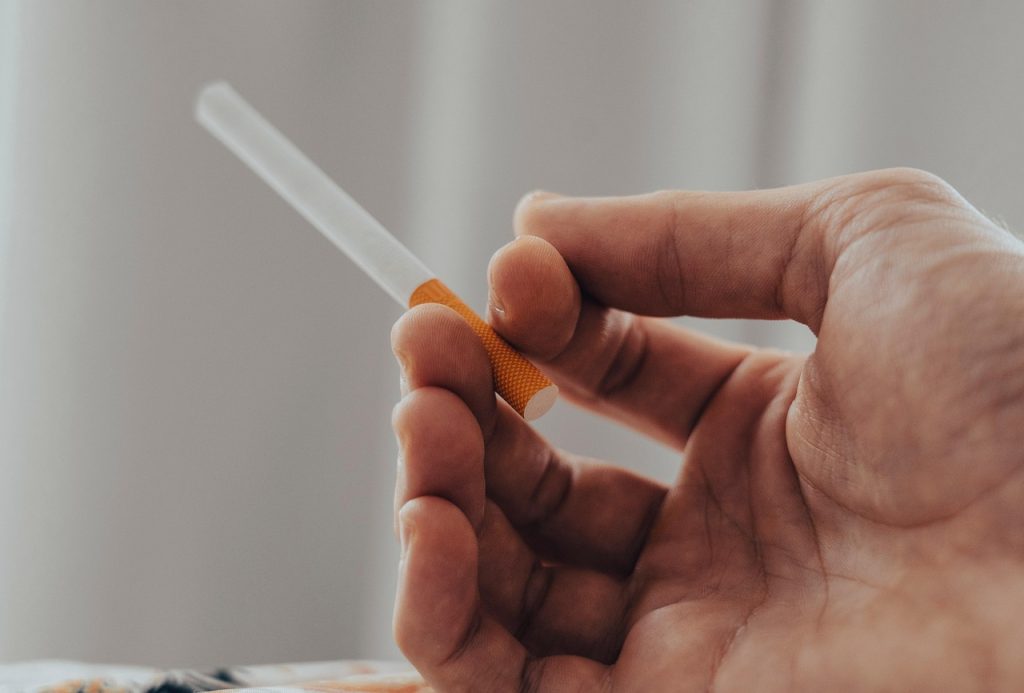
- To keep the tobacco from drying out, manufacturers use humectants like glycerol or propylene glycol.
- Sweeteners such as sugar, honey, and licorice are added too, mostly to soften the taste.
- You’ll also find flavor enhancers like cocoa, vanilla, or fruit extracts that help round out any harshness. Menthol and other flavor agents are sprayed onto the blend to create different varieties.
- Even the paper isn’t just paper since it’s treated so the cigarette burns at a steady pace and doesn’t go out too quickly.
- The filters, which are usually made from cellulose acetate fibers, catch part of the tar and fine particles while keeping the draw smooth.
When you look closely, it’s clear there’s more engineering behind cigarettes than most people would ever guess.
How Are Cigarettes Made Step by Step
1. Tobacco Cultivation and Curing
Cigarette production starts with tobacco plants, usually Virginia, Burley, and Oriental types. After harvesting, the leaves are cured using air, flue, or sun curing. This step brings out the tobacco’s flavor and color by lowering chlorophyll and increasing natural sugars. The curing process can take weeks, and how it’s done plays a big role in how smooth or strong the final blend will taste.
2. Conditioning and Blending
Once the leaves are cured, they’re re-moistened to make them soft enough to handle. This is when additives and flavor enhancers are added. Humectants like glycerol and propylene glycol help the tobacco stay moist, while sweeteners, cocoa, and licorice smooth out the flavor and add depth. Different tobacco varieties are then mixed to reach the right balance of strength, aroma, and burn rate for each brand.
3. Cutting and Expansion
After blending, the tobacco is shredded into thin strands known as the tobacco rag. To make it burn evenly and reduce harshness, the tobacco is dried again and sometimes expanded with carbon dioxide, which makes it lighter without losing volume. This helps control both the cigarette’s nicotine content and how fast it burns. During this step, quality checks make sure the moisture and flavor stay consistent.
4. Rolling and Paper Treatment
Once the tobacco blend is ready, it’s wrapped in specially made cigarette paper. This paper isn’t the regular kind you’d use for writing. It’s treated with certain ingredients that control how fast the cigarette burns and help it stay evenly lit. Some types also have faint rings that make the cigarette go out if it’s not being smoked. The tobacco is rolled into long rods, and filters made from cellulose acetate fibers are fixed to one end. After that, each rod is cut to the usual cigarette length, which is about 84 millimeters.
5. Inspection and Packaging
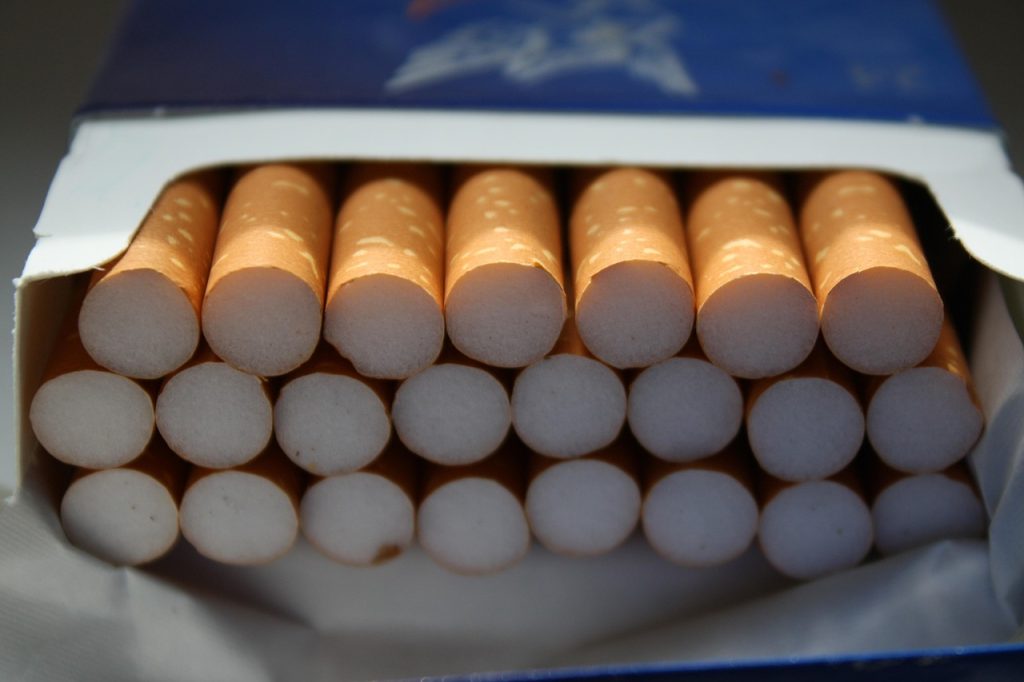
Once the cigarettes are rolled and cut, they go through careful inspection. Machines check each one’s weight, density, and airflow to make sure they all meet the same standard. After that, the cigarettes are packed into foil-lined boxes that keep them fresh and protect them from moisture. The finished packs are sealed, labeled, and boxed for distribution. From growing the plants to sealing the final pack, cigarette production brings together farming, chemistry, and modern machinery to make sure every stick is consistent.
How Are Cigarettes Made: Menthol and Flavored
Menthol and flavored cigarettes are made using the same general process as regular ones, but with a few extra steps toward the end to add flavor. The difference mainly comes down to how that flavor is applied. For menthol cigarettes, menthol crystals are either mixed directly into the tobacco or added to the filter through a spray or small capsule. This gives them that cool, minty feel without drowning out the natural tobacco taste. Some brands even include crushable microcapsules in the filter, so smokers can decide how strong they want the menthol to be.
Flavored cigarettes follow a similar idea but use different ingredients depending on the flavor. Options like cherry, vanilla, or clove are usually added using fine sprays or vapor infusions once the tobacco has already been blended and cut. In some cases, a light flavor is added to the filter too, so it releases slowly while smoking. These flavorings come from things like fruit extracts, spices, or mild sweeteners, all measured carefully to balance the taste. Even though flavors make cigarettes more distinctive, many countries have strict rules or bans on them because of health concerns and how appealing they can be to younger users.
Conclusion
Even though cigarettes seem simple, making them is a detailed process that takes a lot of precision. Every stage, from curing and blending the tobacco to rolling and packaging, is done carefully to get the right taste, smooth burn, and appearance. Menthol and flavored types add more steps, showing how production methods have changed to meet different preferences. When you break it down, it’s clear that a lot of science and planning goes into something people often see as basic.
FAQs
1. How are cigarettes made?
Cigarette production starts with curing tobacco leaves, which are then mixed, cut into thin pieces, and lightly moistened to keep them flexible. The blend is rolled into paper tubes using machines, a filter is added to one end, and every cigarette goes through inspection before being packed and sealed for sale.
2. What is the main ingredient in a cigarette?
The key ingredient is tobacco, usually a blend of Virginia, Burley, and Oriental types. Other components include the paper, flavoring additives, humectants that prevent the tobacco from drying out, and a cellulose acetate filter.
3. How harmful is 1 cigarette a day?
Even one cigarette a day can still be harmful. Research shows it increases the risk of heart disease and stroke, since exposure to nicotine and other chemicals begins right from the first puff.
4. What is filled inside a cigarette?
A cigarette contains a mix of shredded tobacco leaves that may include flavoring or preservatives to maintain freshness. It also has nicotine, which makes it addictive. The filter at the end catches some tar and fine particles, but it doesn’t remove the health risks.



